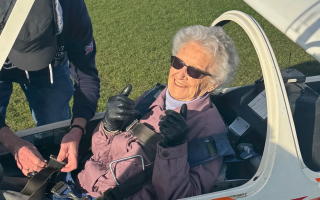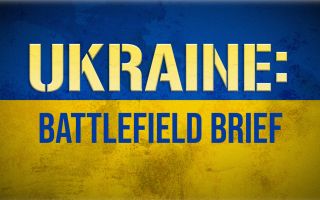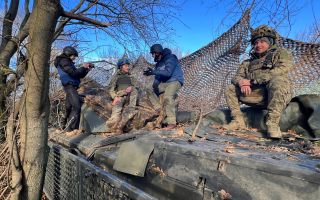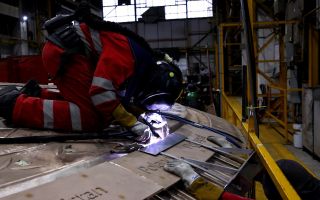PIAT: Britain's multi-role infantry weapon that served on D-Day and beyond
Tanks, soft-skin vehicles, bunkers and buildings - the PIAT could deal with them all.
The PIAT - Projector, Infantry, Anti-Tank - was a British weapon that proved its worth during the Normandy Landings.
It was introduced in 1943, first seeing action in Tunisia, but was used to good effect in France, and despite its name it was a true multi-purpose weapon.
The PIAT also has the distinction of having been used by the only man to be awarded the Victoria Cross on D-Day.
Company Sergeant Major Stanley Hollis, in one of several actions on 6 June 1944, used a PIAT in an attack against a German field gun.
Unlike its contemporaries, the US Bazooka or the German Panzerschreck and Panzerfaust, the PIAT, being a spigot mortar, had no backblast.
This meant it could be fired from enclosed spaces without the danger of killing or injuring the firer or nearby friendly forces.
But it was heavy, required a special technique to make ready to fire the next round and demanded a solid 90 degree hit on the target to detonate the bomb.
It also required the firer to get in close to an enemy vehicle - sometimes as close as 25 yards.
Unlike its rivals, it fired a bomb rather than a rocket, and while it was designed to be used in the anti-tank role it could also be used like a mortar, offering indirect fire.
In the video above, Jonathan Ferguson, keeper of firearms at the Royal Armouries Museum, explains how this weapon works and how it was used in combat.









